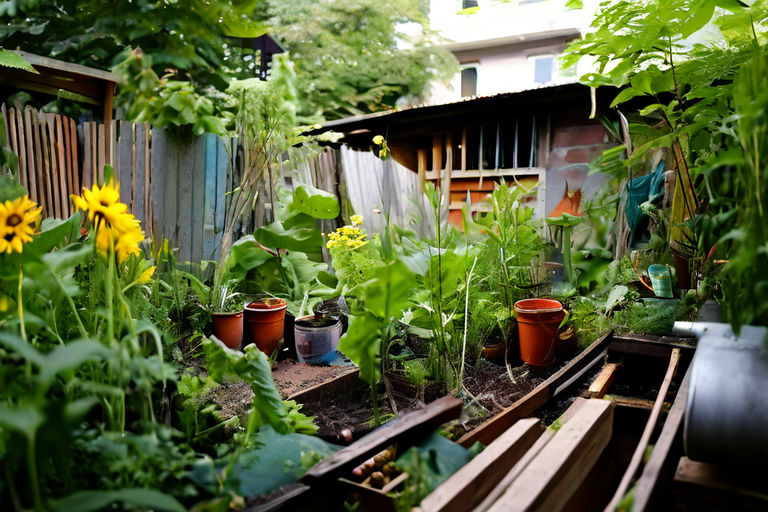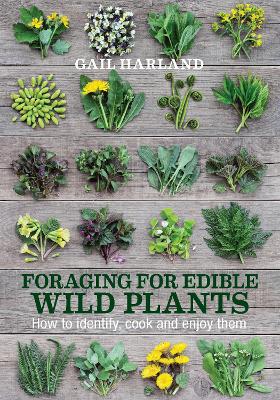
In a world plagued by zombie apocalypses and uncertain survival scenarios, the importance of self-sufficiency cannot be overstated. While stockpiling canned goods and ammunition may be the go-to strategy for some, there is another way to ensure long-term survival: guerilla gardening.
In this article
The Guerilla Gardening movement
Guerrilla gardening has gained popularity in the US and Europe over the past few years, with increased practice and media coverage. It is being used to reclaim community spaces, rejuvenate urban areas, and encourage connection with nature. The movement is becoming more mainstream and is being used to improve air quality, enhance aesthetic appeal, and increase property values.
Guerrilla gardening is also being used to combat urban decay and neglect, and to turn unsightly abandoned pieces of land into something more beautiful.
The motives of guerrilla gardeners are varied, including protest, area improvements, and aesthetics. The movement has also inspired the creation of community gardens and orchards and has led to the development of a “right to grow” law in the UK, allowing anyone to turn underused public spaces into vegetable gardens and orchards.
In a captivating video titled “10 Best Survival Crops for Guerilla Gardening,” Lily presents her top crop choices that provide essential nutrients, are easy to grow, and can be stored or preserved for extended periods.
Potatoes
Bursting with carbohydrates, potatoes are an excellent choice for sustained energy in survival situations. From mashed potatoes to fries, this versatile crop offers endless culinary possibilities while providing essential nutrients.
Jerusalem Artichokes
For those seeking variety, Jerusalem artichokes present an exciting alternative to potatoes. They have a lumpy, brown-skinned tuber that resembles ginger root and a white flesh that is nutty, sweet, and crunchy, making them a versatile and flavorful vegetable. These winter-hardy tubers not only offer a unique taste but also possess self-propagating qualities. However, caution is advised, as their invasiveness can turn your garden into a wild artichoke wonderland.
Spanish Salsify and Root Vegetables
Diving deeper into the world of root vegetables, Lily introduces us to Spanish salsify. With its delicate flavor and impressive growth, this crop is worth considering. For those blessed with ample space, growing both Spanish and common salsify can add a touch of culinary diversity to survival meals.
Garlic and Onions
Survival doesn’t mean sacrificing flavor. Apart from adding flavor, garlic and onions offer numerous health benefits. Hardy and resilient, they require no root cellar, making them an excellent choice for long-term storage.
Radishes
When speed is of the essence, radishes emerge as the heroes of the survival garden. Their rapid growth and nutritional value make them an ideal crop for those seeking quick sustenance. Whether eaten raw or added to stews and salads, radishes are a reliable source of essential vitamins.
Tiger Nuts

An unconventional choice. Tiger nuts, also known as chufa nuts or earth almonds, are not actually nuts but are the tubers of the plants in the sedge family. These small, nutrient-dense tubers are a perfect fit for the paleo diet. Offering a unique flavor profile and a plethora of health benefits, Tiger nuts are a must-have for survival gardens.
Wild Edibles

Foraging for Edible Wild Plants: How to Identify, Cook and Enjoy Them
By introducing wild edible plants to your property, you can supplement your diet and enhance your chances of survival.
Concealing Survival Crops
In the quest for survival, maintaining a low profile can be just as crucial as growing nutritious crops.
Here are some strategies and plant choices that will help you create a secret garden that blends seamlessly with the wild, ensuring your sustenance remains hidden from prying eyes.
- Blending In
Lily emphasizes the importance of selecting crops that harmonize with the surrounding environment. By choosing plants that don’t immediately resemble food, you can reduce the risk of attracting unwanted attention. The art of blending in becomes an essential survival skill when concealing your garden. - Inconspicuous Plants
To maintain the secrecy of your survival garden, opt for inconspicuous plants that don’t reveal their true purpose at first glance. By carefully selecting crops that resemble ordinary flora, you can keep your garden hidden in plain sight. Remember, camouflage is the key to protecting your food source. - Wild Edibles
Burdock, known for its carbohydrates and medicinal properties, adds sustenance and potential healing benefits to your hidden garden. Cattail, with its starch-rich roots and multiple survival uses, provides nutrition and versatility in challenging circumstances. - Wild Strawberries
Lily shares insights on propagating small, wild strawberries that offer both nutrition and the advantage of remaining inconspicuous. Their diminutive size makes them less visible to prying eyes, contributing to the secrecy of your hidden garden.
As the world grapples with the uncertainty of survival scenarios, guerilla gardening offers a glimmer of hope and self-sufficiency. So, whether you’re preparing for a zombie apocalypse or simply looking to enhance your self-sufficiency skills, cultivating these survival crops will empower you to thrive in the face of adversity.
Citations:
Guerrilla gardening and green activism: Rethinking the informal urban growing movement, May 2016
Guerrilla gardening and green activism: Rethinking the informal urban growing movement. Feb 2018







